When you first start working on a piece of music, the most important priorities can seem quite clear. Maybe there are obvious technical problems that you know you need to fix, or tricky passages which demand extra attention.

Issues like these are reasonably straightforward to diagnose, and fix. So far, so straightforward.
But then there comes a point when you've sorted out all the obvious things. Everything is sounding OK. But you're unsure exactly what you need to do next.
So what do you do?
At this point it's easy to slip into 'mindless' playing, and play through your piece a few times, without stopping and making anything better.
But that's not practice! That's just playing it through!
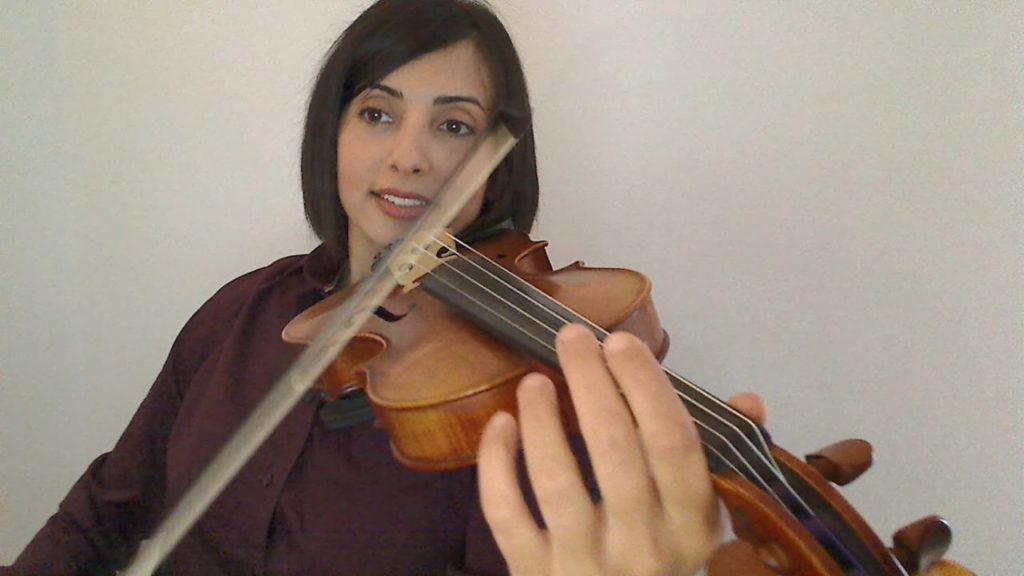
What should I do instead?
To make your practise efficient and effective, you need to be mindful about what you're trying to achieve. Look for clear improvements, prioritise the most important tasks, and don't play the same passages of music repeatedly unless you're clear about why you're doing so.
True, that's easier said than done... particularly if you're tired, or losing concentration!
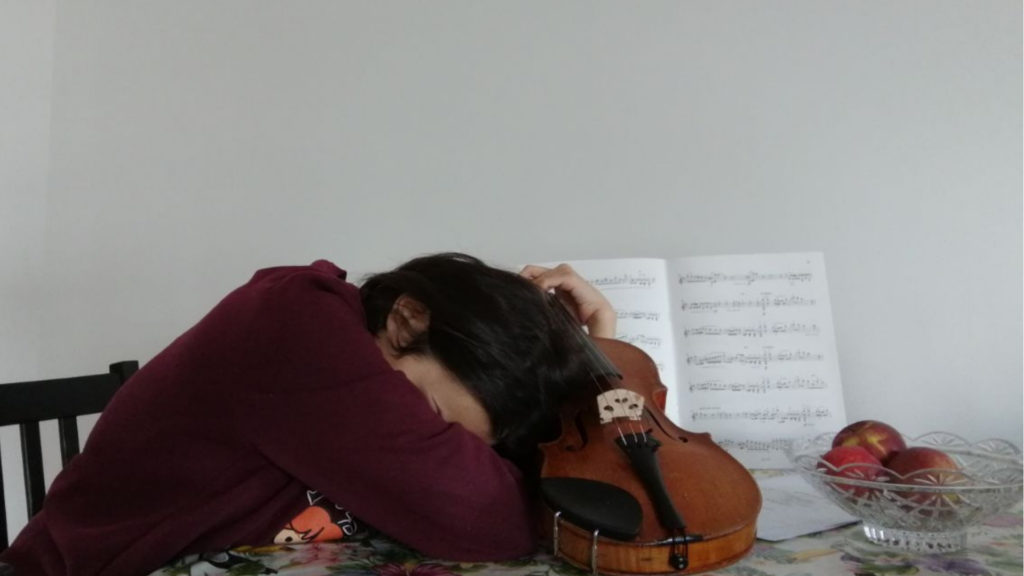
What do you do when you don't know what to do next?
How do you know what to prioritise?
The good news is that when you're learning a piece of music, there are a few simple concepts that you can use to focus your mind on what's most important, right now.
Be Clear About The Musical Fundamentals
As ever, we want to start by thinking about how we want the music to sound, and then work backwards to determine our technical decisions. The most fundamental elements of music that we need to consider are timing and pitch.
It's not just a matter of playing just 'in time' or 'in tune'. Once we know we're playing roughly the right thing in the right place at the right time, we can increase the level of detail that we operate at in each of these areas.
Therefore, the better we become, the more these musical elements become crucial to our expression as well.
Time

The timing of a piece can include the tempo (how fast or how slow the piece is), the rhythm (how long and short the notes are), and the pulse (the regular beat of the music).
All of these areas can change as we play a piece of music, and the precision of our timing will affect how the emotion of the music is communicated to our listeners.
Pitch
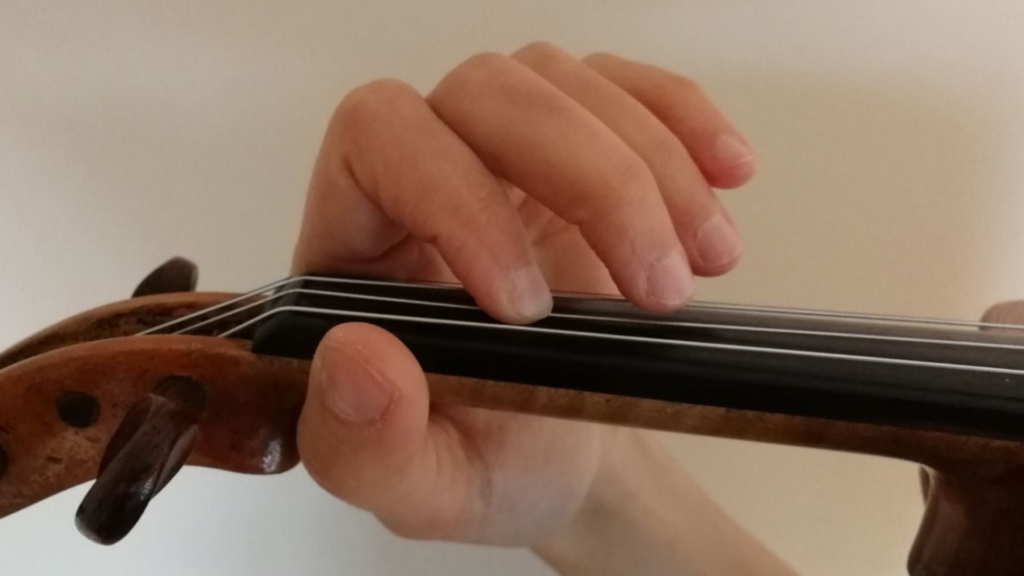
When you're working on your tuning (intonation), getting the notes 'in time' and 'in tune' is definitely a key priority!
But once that's done, there are many more layers of detail you can consider, in order to make sure your pitch is as effective as it can be for communicating the musical expression effectively.
For example, understanding the harmony of a piece that you're working on, and the key that it's written in, will give you a clearer sense of the emotional resonance that the music is capable of creating.
You can then delve into advanced topics such as expressive intonation and think about the subtle ways in which you can alter the pitch to create an even more compelling and interesting interpretation.
Sound

As we change the balance of the fundamental bow movements - speed, weight and placement - we are able to access an infinite number of different types of sound.
So once you've got a piece of music to a basic level of being 'in tune' and 'in time', then a lot of your practice time will be spent on trying out different combinations of bow strokes, to work out what's most appropriate for the music you're playing.
This is in many ways a never-ending process... there's no limit to the number of bow strokes to choose from, and many different ways to interpret a piece of music!
Ever Higher Levels Of Detail
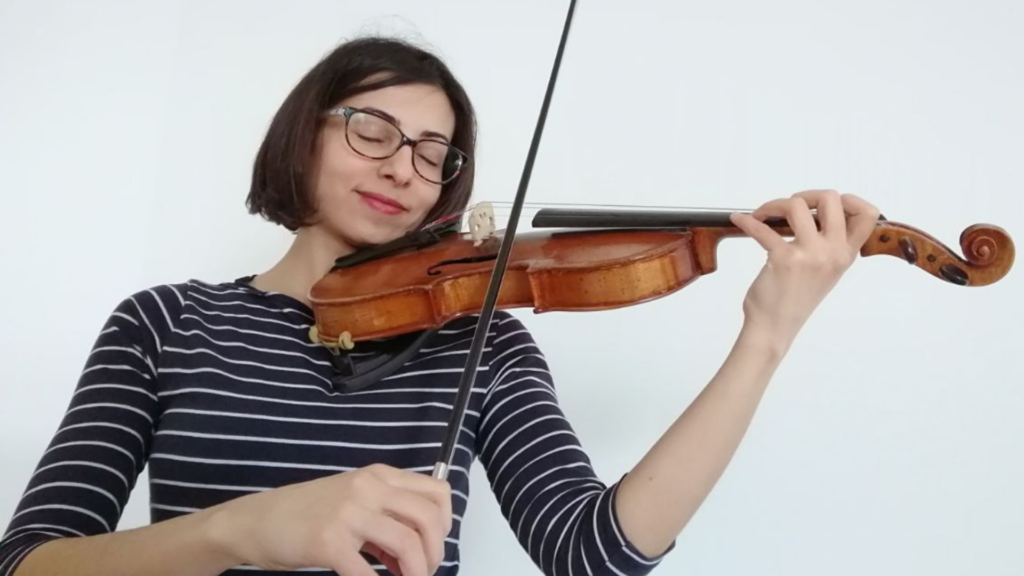
Because Time, Pitch and Sound (types of bow stroke) offer an infinite number of combinations, you'll find that if you listen deeply to what you are doing - and use your musical imagination to create a clear vision for how you want to play - then you'll soon find that the feeling 'I don't know what to practise now...' becomes less and less frequent.
You'll have so many interesting technical options to choose from, and so many different sounds to experiment with, that there'll always be something interesting to focus your attention!
When to Move On
With this heightened awareness comes the risk of the opposite problem... you're listening in so much detail, and discovering so many possible options for your musical interpretation, that you feel you can never move on... analysis paralysis!
To get around this, it's crucial to have a clear vision of what you want your audience to experience when you are playing a piece of music.

Once you have this, you can make it a priority to ensure that the basic timing, tuning and sound (tone production, phrasing) are adequate for the whole piece.
Then, if you have more time, you can review the entire piece of music again at a higher level of detail. The important thing is to keep moving through the music, raising the level of what you're doing across the whole piece - not just getting stuck on one section!
Repertoire Practice Questions
To remind you of these musical fundamentals when you are practising, here is a short, printable list of 'Repertoire Questions' to get you thinking - at any level of detail!
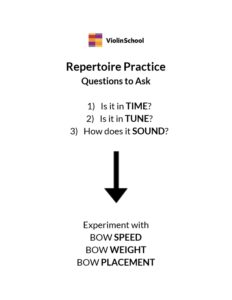 Click to Download!
Click to Download!
(free login required)
Please visit our sponsors:
London String School - Tuition for Adult Learners in London
MusicLand - Creative Music Products for Teachers and Learners
Please visit our sponsors:
FiddlerShop.com - Quality instruments at an affordable price
London String School - Tuition for Adult Learners in London
MusicLand - Creative Music Products for Teachers and Learners
